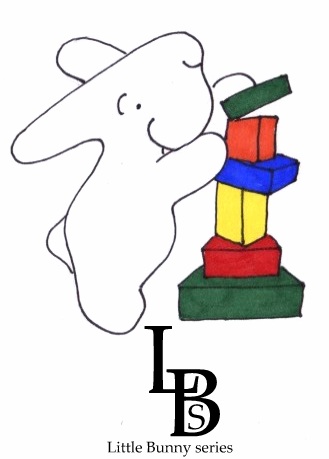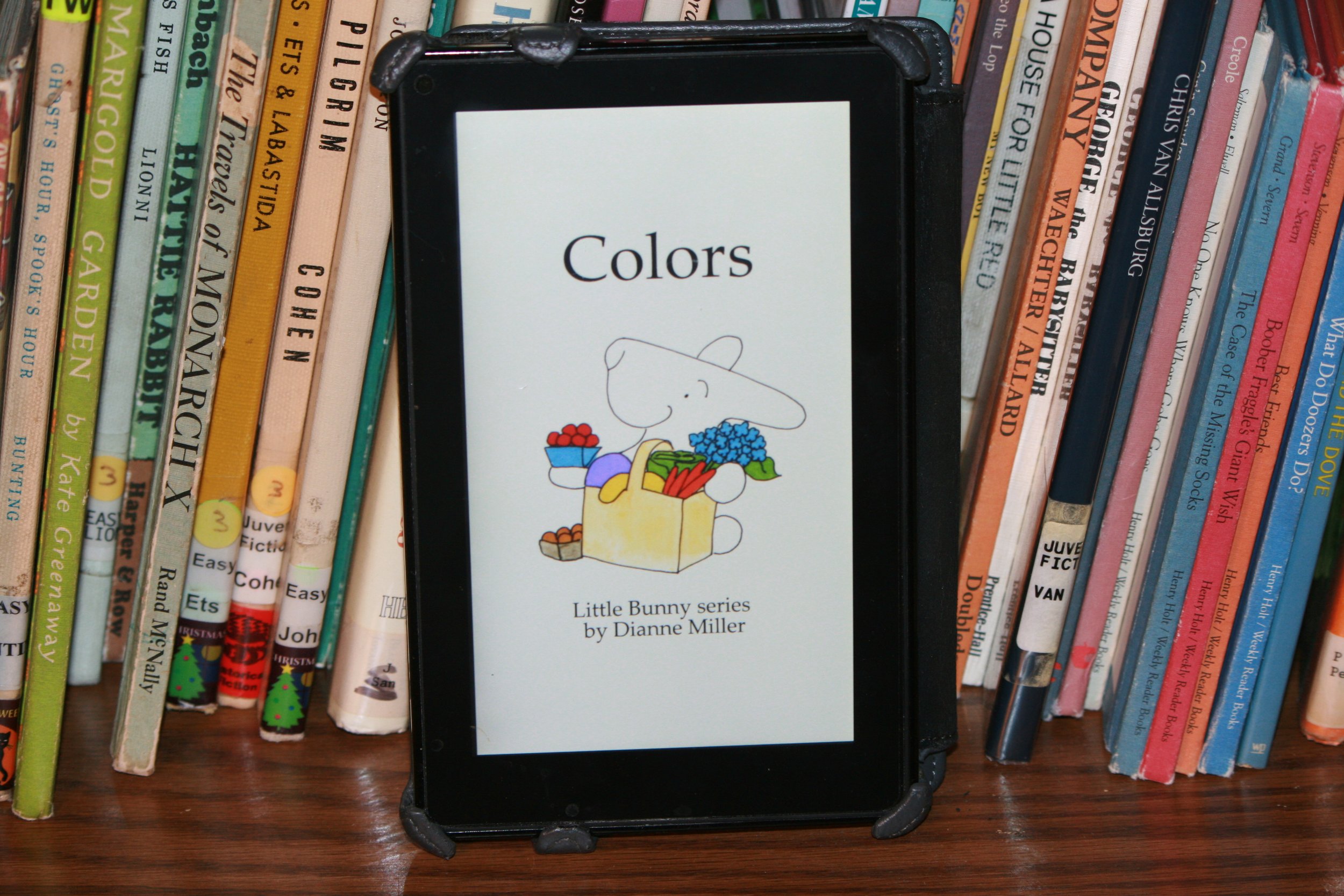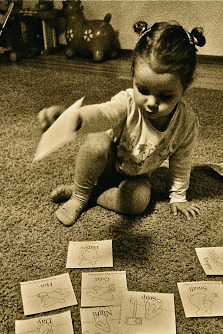While watching my preschool daughter at the playground one afternoon, I had the good fortune to chat with an elementary school teacher who was watching her own child. Just making conversation, I asked what was the most valuable thing a parent could do to help their preschool child learn to read? I was quite surprised by her answer: experiences.
She explained that a child needs to understand the context of the words, worksheets, and stories that she presented in class. It is difficult for a young child to appreciate a story, class exercise, or lesson plan about a trip to the park if the child has never been to a park. The child doesn’t understand the concept on which the words are based.
This doesn’t mean a child who has been to the museum, the zoo, and the circus will automatically learn to read and not have future challenges with reading. But by having a wide range of experiences, the basic hurdle of having context for the material is overcome. My new acquaintance said sadly that hurdle was still there for many of her students.
So when you take your preschool child to the food festival, the family reunion, or the local park, you are laying the foundation for teaching them to read. When they meet people, listen to music, and see new things, they are building reading skills.
And it doesn’t require a big budget. Parks, playgrounds, church concerts, and local art shows are often free. Little ones have short attention spans, so there is no need to linger. Soak it in and move on.
We are fortunate that our local art museum is free of charge. When my children were young we often stopped by for a quick stroll through a gallery or two, looking at the paintings for small features that would intrigue them such as animals, bugs, and funny faces. I didn’t realize it at the time, but each quick run through was a preparatory lesson for reading.
So fill your season with wonderful experiences. Stop to notice the bugs and flowers, the tadpoles in the creek, and the dandelions in the sidewalk cracks. Visit your local parks and free festivals, and children’s programs. Every experience is a lesson in reading. And top it off with a trip to the library to find books about your adventures, where the experiences you just had come to life in the words on the page.
Great Preschool Reads
After a trip to the park, read Going on a Bear Hunt by Helen Oxenbury.
After a trip to the beach, read S is for Sea Glass by Richard Michelson or Duck and Goose Go to the Beach by Tad Hills.
After eating peanut butter and jam sandwiches, read Jamberries by Bruce Degen or Possum Magic by Mem Fox.
After a food festival, read If You Give a Mouse a Cookie by Laura Numeroof or Play With Your Food by Joost Elffers.
After a family reunion, read Dozens of Cousins by Shutta Crum.
After a trip to the museum, read Ish by Peter Reynolds.
After a listening to live music, read Squeak, Rumble, Whomp, Whomp, Whomp by Wynton Marsalis.
Happy Summer reading!
Dianne Miller is the author of the Little Bunny series a collection of early childhood eBooks about concepts and social skills. The eBooks are supported by hundreds of free printables and free read-alouds on YouTube. Little Bunny is beloved around the world and the books and printables are used by teachers and parents alike. To learn more visit: www.littlebunnyseries.com























